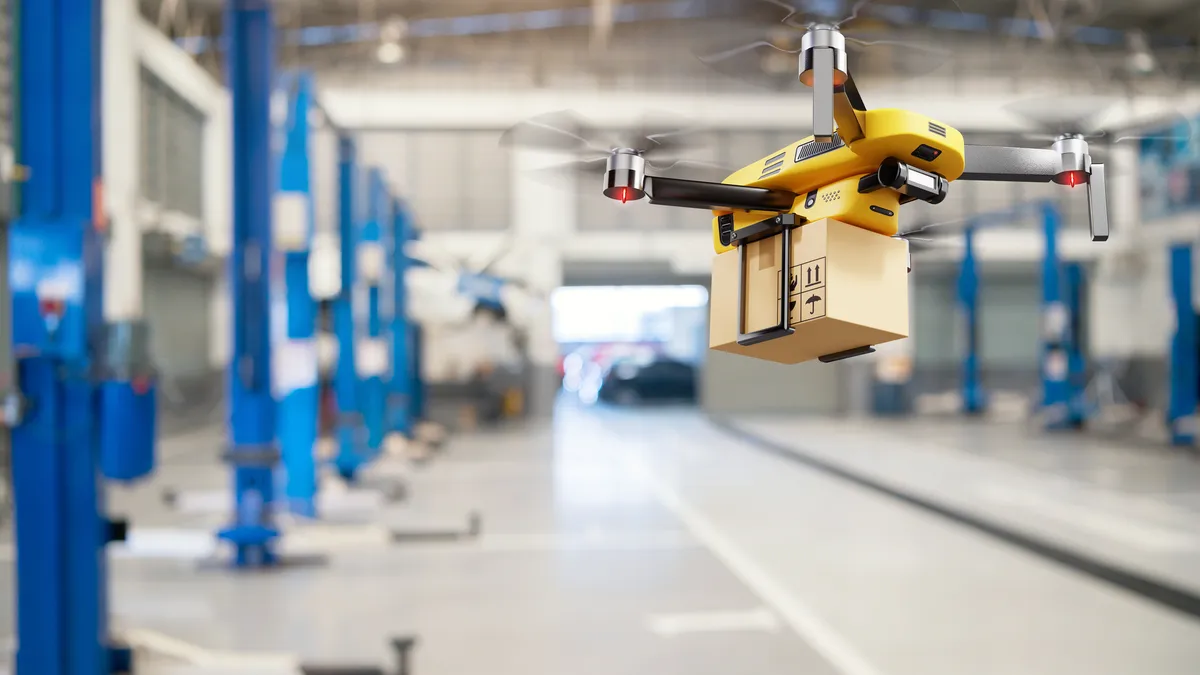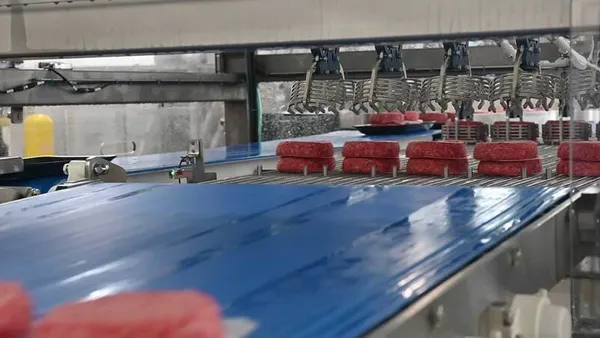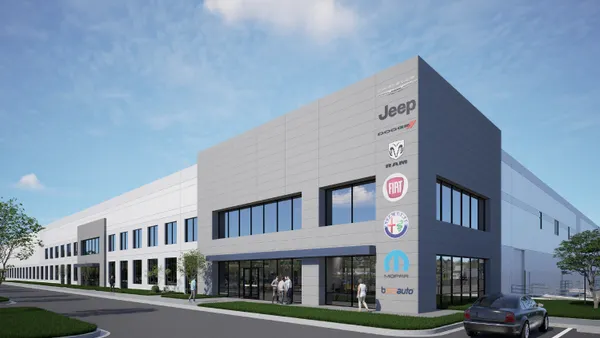Editor's note: This article is the latest in a series that looks into the ways supply chains, warehouses and manufacturing facilities are investing in technology. Here's the previous story.
We may not be close to a world completely devoid of humans driving vehicles. But in supply chain, autonomous vehicles and drones have been making inroads over the last five years and will continue to change how goods move.
In the 2021 MHI Annual Industry Report, 21% of the more than 1,000 supply chain and manufacturing leaders surveyed said they plan to invest in AV and drone technology in the next three years. And 20% of respondents said their companies have autonomous vehicles and drones in use today, while 37% predicted they would be in use within the next five years.
Supply chain professionals plan to invest in AVs and drones
"We're going to see increased autonomy of robots and drones and things inside warehouses and controlled space," said Scott Buchholz, emerging technology research managing director and government and public services chief technology officer at Deloitte.
He said he anticipates that these technologies will continue to change supply chain, especially how goods are delivered, as warehouse professionals and supply chain managers will continue to "experiment to try to deploy those technologies in external spaces, like deliveries to us."
AVs on the move
While AVs haven't taken over roadways (and sometimes get stuck in sidewalks in the snow), autonomous vehicles and drones are making an impact on supply chains, particularly in controlled environments.
DHL SupplyChain recently deployed 15 automated forklifts in one of the company's UK warehouses, for example. And Walmart runs driverless trucks on a seven-mile loop in Arkansas.
Still, these technologies either rely on the static nature of where they operate (Walmart's trucks don't have a safety driver, but they only run on that seven-mile loop), or having a human backup, even if they are working remotely from the warehouse where the forklift operates.
AVs will continue to get smarter, Katherina-Olivia Lacey, co-founder and chief product officer at Quincus, wrote in an email.
"We're going to soon see vehicles where a driver never has to take control. The infrastructure to support such vehicles will have to mature and be installed to support these vehicles, but I predict that will be fairly mature technology in the next five years," Lacey wrote.
Drones, in and out of the warehouse
Right now, drones are used in two primary ways. Inside warehouses, they can do inventory scans, like Corvus Robotics' drone, which can scan between 200 and 400 pallet positions per hour. Outside the warehouse, they can make deliveries, like Flytrex is doing with groceries in North Carolina.
"Drones will be a commonplace medium for transportation in the next few years," said Lacey. "As a mode of transportation, drones have the ability to avoid traffic. In the supply chain realm, we will see the adoption of drones that will be sent from the warehouse to the airport or to a ship and supplies will be sent where they are needed."
Buchholz said he expects that the use cases of drone technology will continue to expand in supply chain, as manufacturers and practitioners see how the technology is being applied in other areas. That will allow them to determine how those use cases apply to them, even if it isn't as easy as picking up a drone from a box store.
Buchholz cited Southern California Edison, a utility company that now uses drones to inspect electrical infrastructure in high fire-risk areas, as an example of what's possible and what work is required to implement this kind of technology.
"It required them to procure a bunch of drones — and it required them to procure cloud storage — when, before, they just had human beings walking around taking a picture or two," he said.
Supply chain managers will have to walk through that same process, and acquire the right technologies, to enable things like drones in their own environments.
Barriers to adoption
A general unease about autonomous vehicles and drones can hold back technology adoption, even if it's not a conscious sentiment. A recent YouGovAmerica survey found that 43% of consumers are nervous about self-driving cars, from an international pool of respondents. That number jumped to 58% when asked just of U.S. consumers.
"It's very interesting to see how little tolerance some people have for the idea [of] a computer making a mistake. That actually holds back much more of these advances than people realize," said Buchholz.
Enterprises that want to adopt the technology also need to understand and respect how much work is involved in making things like drones and autonomous vehicles work — and work safely.
"The idea of an autonomous forklift is a great idea," Buchholz said. "The amount of skill it takes to build an automatic forklift and navigate your warehouse is still very high."
Companies also need to understand how to service and maintain the hardware and software that make the technologies work, too.
"I think that's required before we see an explosion of usage. It's actually harder than most people think," Buchholz said.
This story was first published in our Operations Weekly newsletter. Sign up here.














